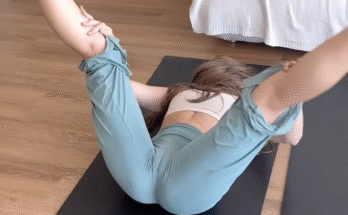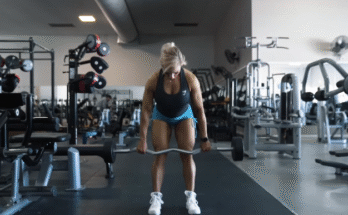The hamstrings are a group of three powerful muscles that run along the back of your thigh—biceps femoris, semitendinosus, and semimembranosus. These muscles play a crucial role in walking, running, jumping, and stabilizing the pelvis. However, in today’s sedentary lifestyle, they are often tight and neglected, leading to reduced mobility, poor posture, and increased risk of injury. If you’re an athlete, yogi, dancer, or simply someone looking to take your flexibility to the next level, incorporating extreme hamstrings stretches into your routine can be transformative.
In this article, we’ll explore what an extreme hamstring stretch is, why it’s beneficial, how to safely practice it, and the best stretches to help you gain impressive length and flexibility.
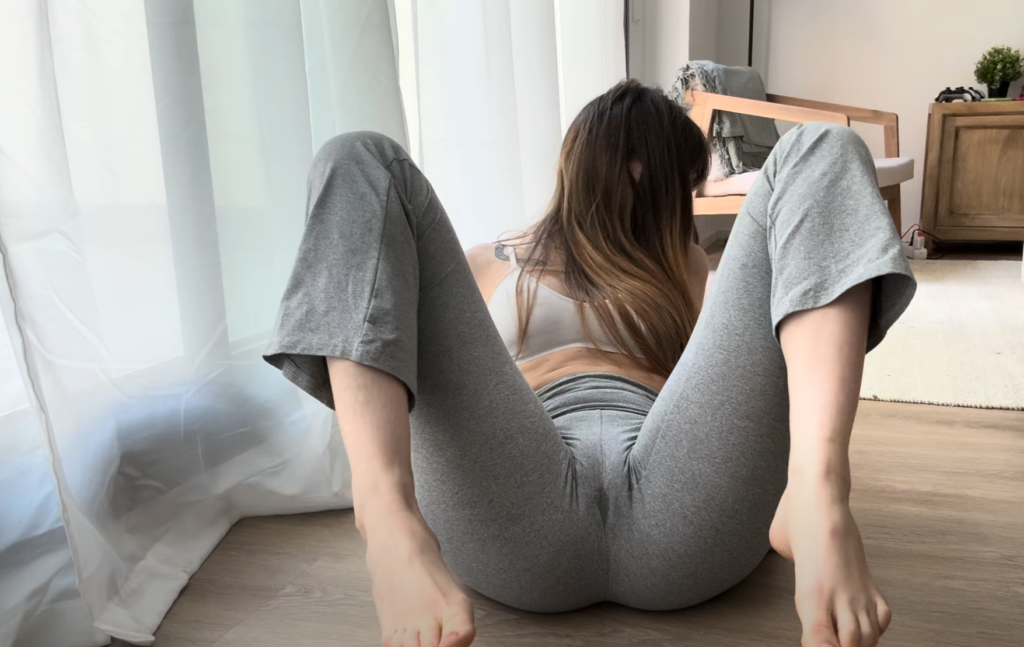
What is an Extreme Hamstring Stretch?
An extreme hamstring stretch goes beyond basic forward folds or toe touches. It involves deep, intense stretching positions that target the hamstring muscles with the intention of achieving maximum length, mobility, and range of motion. These stretches are often held longer, sometimes using props or bodyweight leverage to intensify the stretch. They are usually practiced by those with an intermediate to advanced level of flexibility, although beginners can also work toward these positions with the right guidance and modifications.
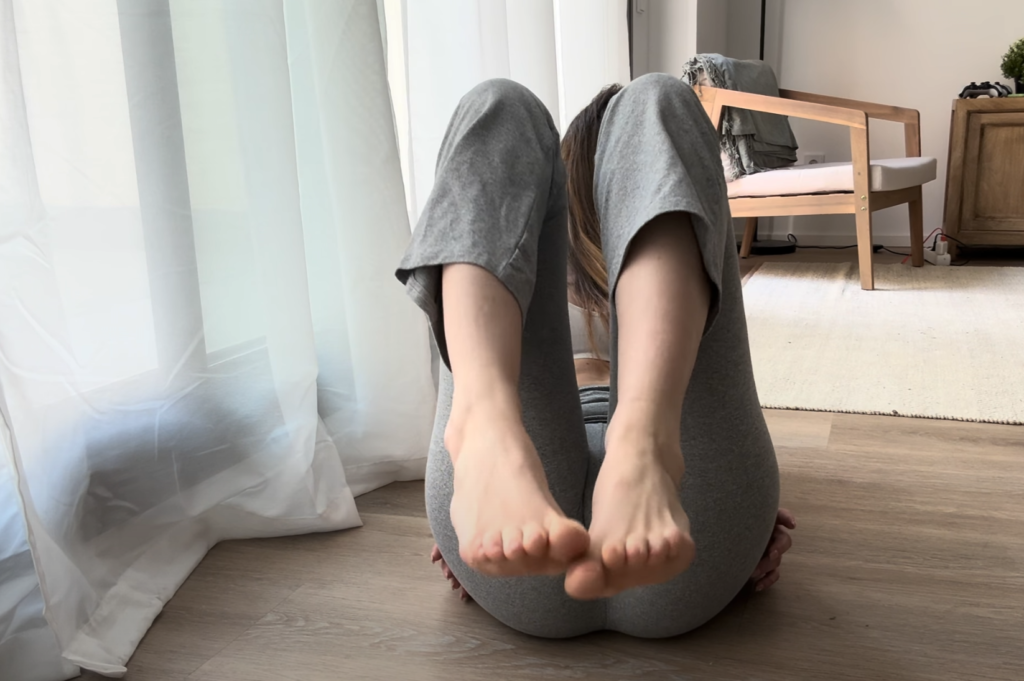
Benefits of Deep Hamstring Stretching
- Improved Flexibility and Mobility
Extreme stretches condition the muscle fibers to elongate and adapt to wider ranges of motion. Over time, this leads to better functional movement in daily life and physical performance. - Enhanced Athletic Performance
Whether you’re sprinting, doing martial arts, or dancing, flexible hamstrings contribute to a smoother, more efficient stride and better leg control. - Injury Prevention
Tight hamstrings are a major factor in lower back pain and muscle strains. Stretching reduces muscle stiffness and improves joint health. - Posture Correction
Hamstrings affect pelvic alignment. Flexible hamstrings can reduce anterior pelvic tilt and relieve pressure on the lumbar spine. - Mental Focus and Discipline
Holding deep stretches challenges both body and mind. With breath control and awareness, you develop patience and resilience.
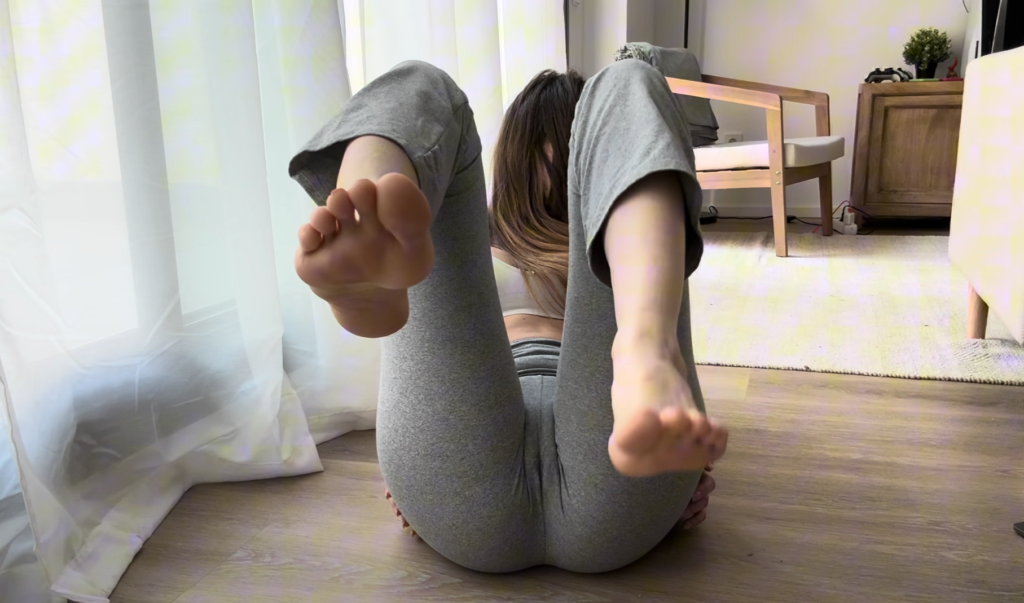
Safety Tips Before You Start
Extreme stretching requires respect for your body’s limits. Here are key safety tips:
- Warm Up First: Never attempt extreme stretches cold. Start with light cardio and dynamic stretches to increase blood flow.
- Use Props When Needed: Yoga blocks, straps, or cushions can make stretches more accessible and safer.
- Breathe Deeply: Avoid holding your breath. Inhale to prepare, exhale to deepen the stretch.
- Never Force It: Pain is not the goal. A strong, deep sensation is okay, but sharp or shooting pain is a red flag.
- Consistency Over Intensity: Gradual progress, done regularly, yields better results than overexertion.
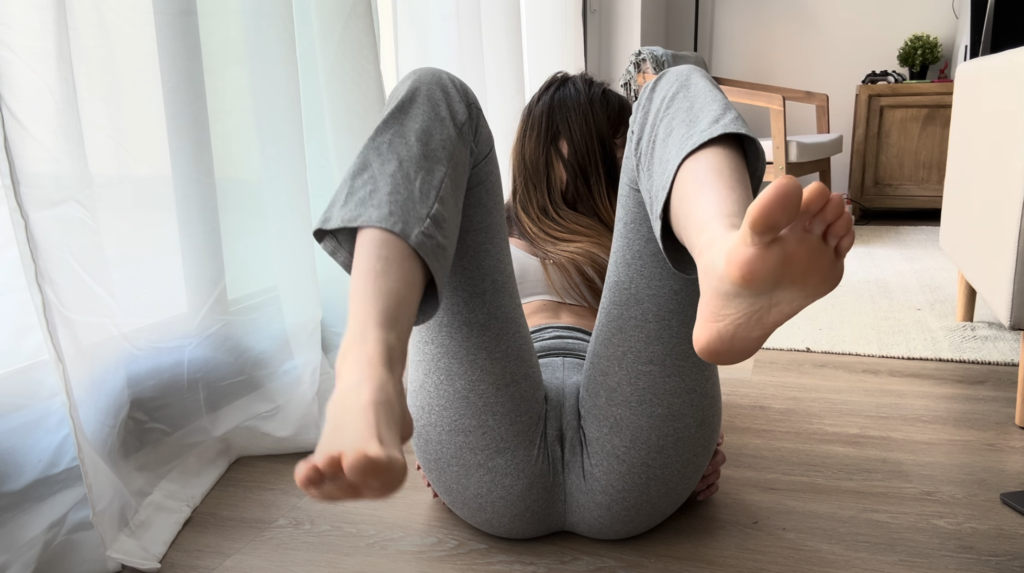
Top Extreme Hamstring Stretches
1. Standing Split
This stretch not only works the hamstring of the standing leg but also challenges balance and control.
- How to do it:
Start in a forward fold. Slowly lift one leg toward the sky, keeping the standing leg as straight as possible. Hold your ankle or use yoga blocks under your hands. Aim to stack your hips over time. - Tip: Keep the lifted leg active and squared to the floor.
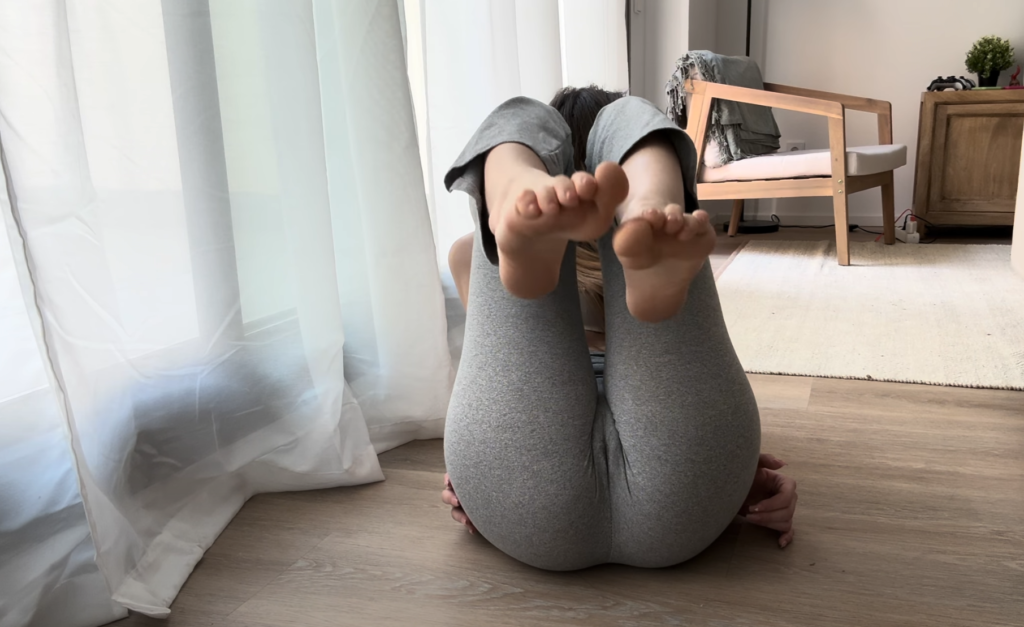
2. Pyramid Pose with Deep Fold (Parsvottanasana Variation)
This pose focuses on the hamstring of the front leg and can be intensified by folding deeper.
- How to do it:
Step one leg forward, hips squared. Keep both legs straight. Fold over the front leg, reaching toward your foot or placing your hands on blocks. - Tip: Flex the front foot slightly for added intensity.
3. Front Split (Hanumanasana)
A full split deeply stretches the hamstrings and hip flexors.
- How to do it:
Start in a low lunge. Slide your front leg forward and your back leg backward. Use blocks under your hands or hips for support. Hold for 1–2 minutes, breathing deeply. - Tip: Engage your core and squeeze the inner thighs to protect the hips.
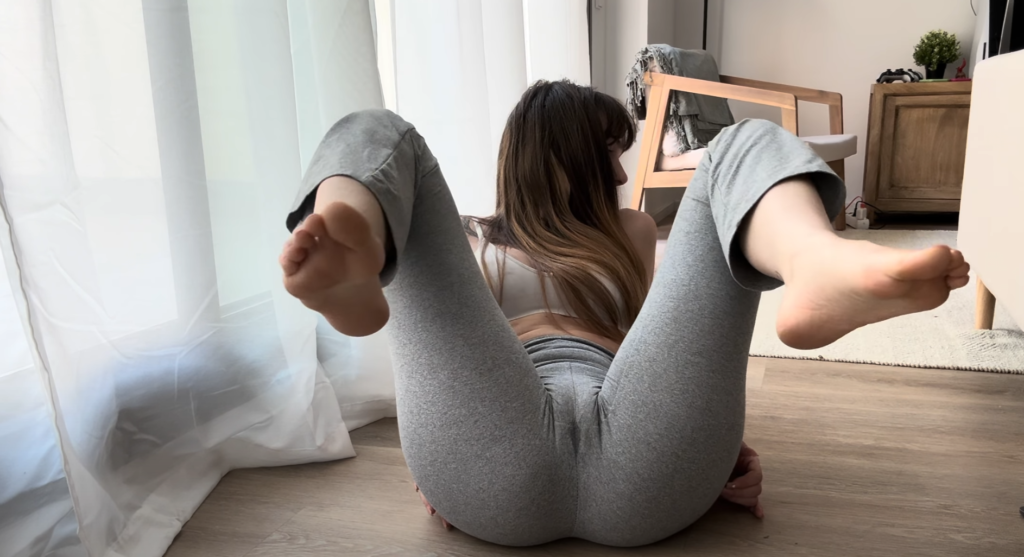
4. Seated Forward Fold with Strap
A deeper version of the classic hamstring stretch using a strap or towel.
- How to do it:
Sit with legs extended. Wrap a strap around your feet and gently pull yourself forward, keeping the spine long and chest open. - Tip: Avoid rounding the back too much. Focus on hinging from the hips.
5. Elevated Hamstring Stretch
Elevating one leg intensifies the stretch and provides leverage.
- How to do it:
Place one leg on a bench, table, or barre. Keep both legs straight. Lean forward over the elevated leg. - Tip: Flex the foot and engage your quads for deeper activation.
How to Structure an Extreme Stretch Routine
Warm-up (5–10 minutes)
- Light cardio: jumping jacks, jogging, or dancing
- Dynamic leg swings
- Hip circles
Main Stretches (15–30 minutes)
Hold each extreme stretch for 30 seconds to 2 minutes. Repeat both sides.
- Pyramid Pose
- Seated Forward Fold
- Elevated Hamstring Stretch
- Front Split
- Standing Split
Cool Down (5–10 minutes)
- Supine hamstring stretch (lying down with strap)
- Gentle spinal twist
- Relaxation pose (Savasana)
Aim to practice 3–4 times per week for optimal results. Flexibility gains are progressive and take time, so patience is key.
Common Mistakes to Avoid
- Overstretching too quickly: Jumping into deep poses before you’re ready can lead to muscle strains.
- Neglecting other muscle groups: Hip flexors, calves, and lower back all play a role in hamstring flexibility.
- Holding breath: This creates tension and blocks progress. Use breath to guide your movement.
- Skipping rest: Muscles need recovery to grow and adapt.
Progress Tracking & Motivation
Keeping a journal or taking progress photos can help you stay motivated. Measure how far you can reach in a forward fold, track your split depth, or record how your balance improves. Celebrate small wins—maybe one day you touch your toes, and another day your forehead reaches your shin. Progress is not linear, but every effort counts.
Final Thoughts
Extreme hamstring stretches can feel daunting, but with dedication and mindful practice, they become deeply rewarding. They open not just your legs, but also pathways to improved posture, enhanced performance, and a stronger connection with your body. Whether your goal is to master the splits, relieve chronic tightness, or simply explore your body’s potential, the journey toward hamstring flexibility is one worth taking.
Start where you are, use what you have, and do what you can. In time, your body will respond, and your hamstrings will thank you.
If you want, I can turn this into a blog post, add illustrations, or customize it to your level or audience. Let me know!


